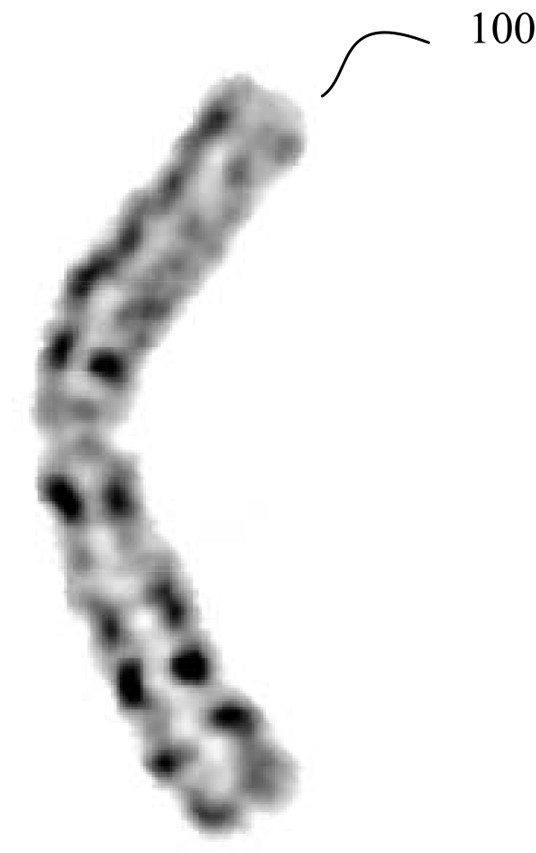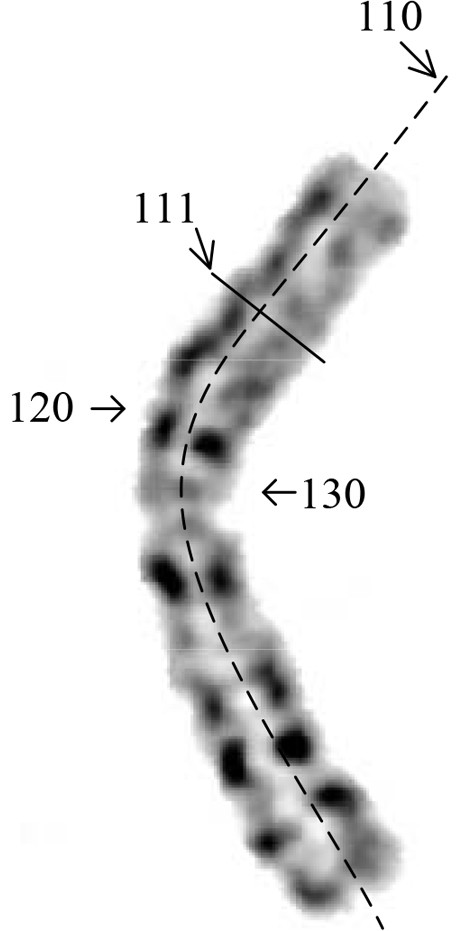Classifier model training method and device for detecting chromosome structure abnormality
A technology for model training and chromosomes, applied in the fields of instrument, character and pattern recognition, and computing, which can solve the problems of insufficient types and quantities of abnormal chromosomes, high cost and difficulty, and inability to support the construction of complex deep recognition models.
- Summary
- Abstract
- Description
- Claims
- Application Information
AI Technical Summary
Problems solved by technology
Method used
Image
Examples
Embodiment Construction
[0035] The present invention will be described in detail below with reference to the accompanying drawings and specific embodiments. Note that the aspects described below in conjunction with the accompanying drawings and specific embodiments are only exemplary, and should not be construed as any limitation to the protection scope of the present invention.
[0036] The following description is presented to enable any person skilled in the art to make and use the invention and to integrate it into a specific application context. Various modifications, and various uses in different applications will be readily apparent to those skilled in the art, and the generic principles defined herein may be applied to a wider range of embodiments. Thus, the present invention is not limited to the embodiments set forth herein, but is to be accorded the widest scope consistent with the principles and novel features disclosed herein.
[0037] In the following detailed description, numerous spe...
PUM
 Login to View More
Login to View More Abstract
Description
Claims
Application Information
 Login to View More
Login to View More - R&D
- Intellectual Property
- Life Sciences
- Materials
- Tech Scout
- Unparalleled Data Quality
- Higher Quality Content
- 60% Fewer Hallucinations
Browse by: Latest US Patents, China's latest patents, Technical Efficacy Thesaurus, Application Domain, Technology Topic, Popular Technical Reports.
© 2025 PatSnap. All rights reserved.Legal|Privacy policy|Modern Slavery Act Transparency Statement|Sitemap|About US| Contact US: help@patsnap.com



